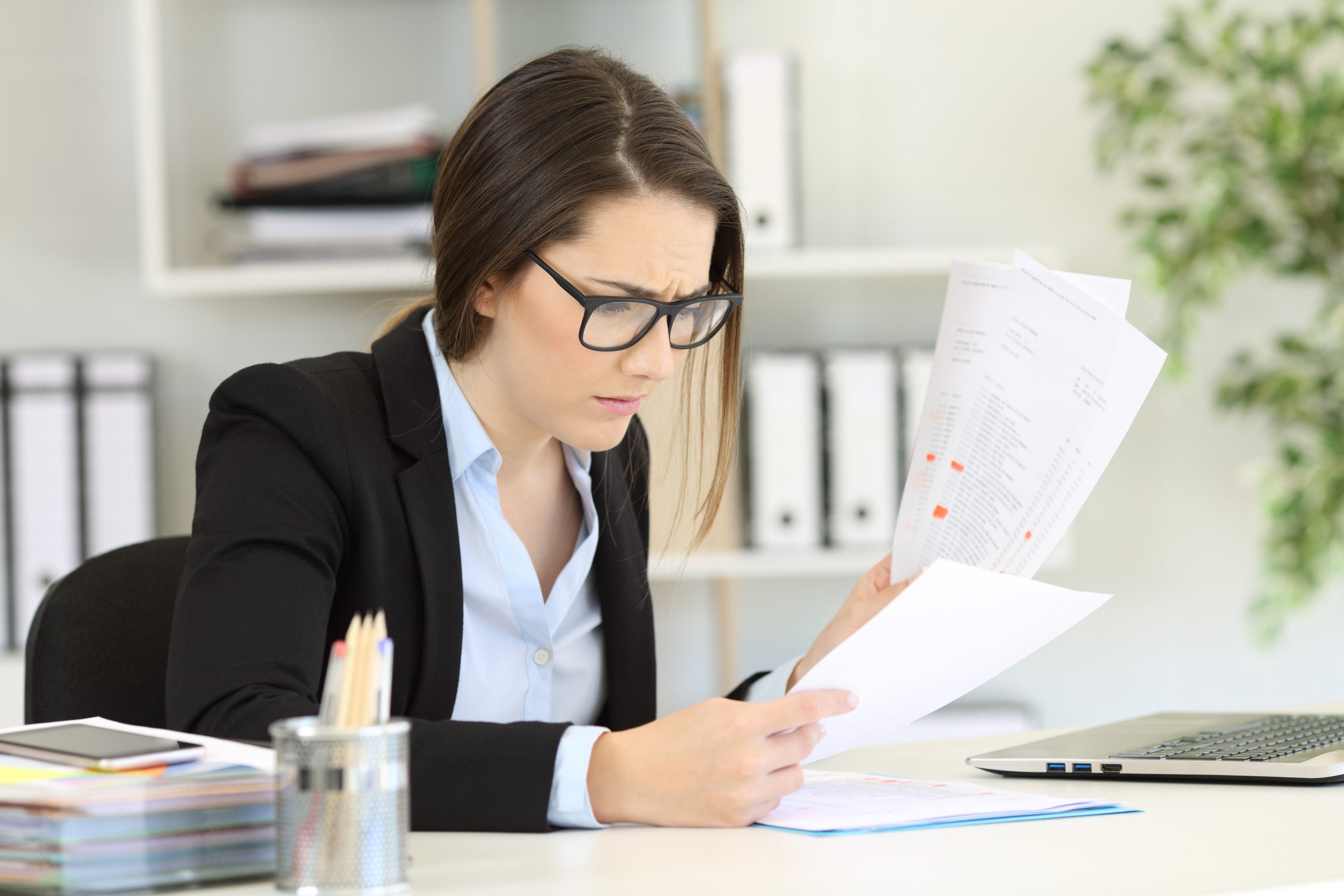Many people know that, if they drive a company car, they are able to claim back 45p per mile (or 25p after the first 10,000 miles) as an expense. But did you know your business can also claim back VAT you spend on fuel?
HMRC allow the 45p/25p per mile amount in order that the worker can recoup their spending on fuel and maintenance for their vehicle – this is why the amount drops to 25p after 10,000 miles, as it is assumed you have recovered most of the wear-and-tear costs after expensing £4,500 in a year. While that 45p/25p rate is the same regardless of the type of car you drive, the part of it that HMRC allocates to fuel (also known as the advisory fuel rate or AFR) will depend on your car type and engine size. The example below is correct as at 1st September 2018 and the latest rates can be found here.

So, from this, how do you calculate the VAT you can claim back?
Let’s say you drive an 1,800 cc diesel car for 100 miles. HMRC assumes your fuel for the journey cost £12 (12p per mile – the advisory fuel rate for a diesel car 1601-2000cc). Here’s the slightly complicated maths part – that £12 is the cost including the VAT (cost x 120%), so to work out the 20% VAT amount we need to divide the £12 by 6. Therefore, the claimable VAT is £2 (2p per mile).
To claim this £2, you’ll need to be able to show HMRC a fuel receipt for the full £12 (and remember to hold on to that receipt for at least 6 years, as you would for any VAT receipts). The receipt must be for the fuel type in question and issued in the 45 days prior to the journey.
Now you’re ready to enter the journey into your accounts – if, like Exonia, you use Xero, the entry for the journey will look like the below. Notice how we’ve split out the fuel (12p portion) and non-fuel elements so VAT can be automatically calculated.

One other thing to keep an eye on; that drop from 45p to 25p per mile. If you keep paying yourself 45p per mile, the excess after 10,000 miles basically gets treated like salary and leaves you with a potential tax liability.


